Jeff Wall (Tate Modern Artist Series)
R150“Every subject is a reason to make a picture.”
Showing 209–224 of 327 results


Joan Miro’s paintings are among the most widely recognized of any modern artist, reproduced everywhere from books to t-shirts and Spanish tourist posters. While he is most often seen as a surrealist or a post-war abstract painter, terms he rejected, this book brings new insights into Miro’s work by framing it in the context of the turbulent times in which he lived.

John Constable (1776–1837) is best known for his idyllic paintings of the English countryside. Yet he was also a brilliant innovator who brought a new vivacity to the observation of nature.

Celebrated for his brilliant use of old film stills, portraits, postcards and other found imagery, John Stezaker engages with this exquisitely selected found material through inversion, excision, incision, fusion and accidental damage.
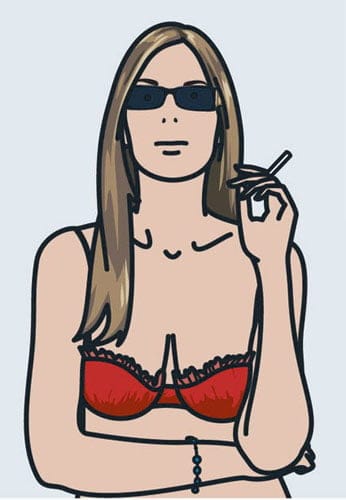
In the first exhibition on British artist Julian Opie in South Africa, David Krut Projects will show several portraits from three of Opie’s most recent series of prints: ‘Ruth Smoking’, ‘Ruth with Cigarette’ and ‘This is Shahnoza’. These large, striking works show Opie’s clarity of line and colour – his use of primary colours and of bold black strokes – to startling effect.
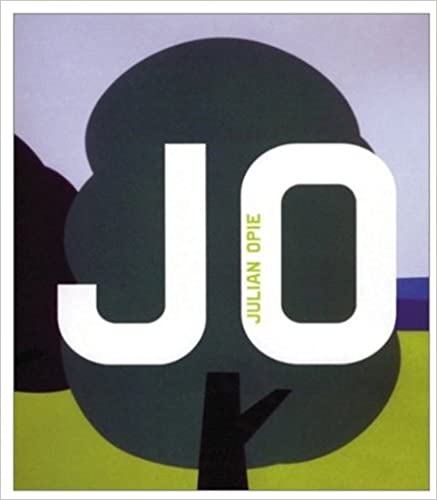
More than any British artist of his generation, Julian Opie has taken his art beyond the gallery environment and out into the mainstream of cultural life, testing his ideas in a wide variety of media. Author Mary Horlock surveys his career, beginning with the early painted metal sculptures of everyday objects, encompassing the 3-D evocations of the urban landscape, and finishing with the powerful graphic style evolved in recent years that has transferred to billboard posters, road signs, LED screens and album covers.

One of the most important protagonists of contemporary British art for more than two decades, Julian Opie’s prints and editions will be fully documented in a new 280 page Catalogue Raisonne, to publish in June 2011 and coinciding with a major retrospective at the Alan Cristea Gallery (9 June – 9 July 2011).
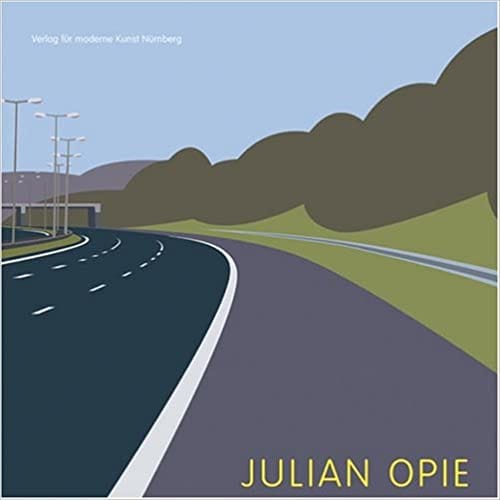
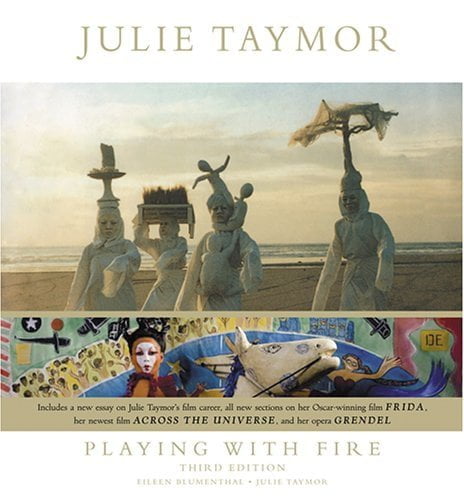
With more than 40 pages of new material including illustrations and unpublished sketches, this book illuminates Julie Taymor’s entire career, from her theatrical apprenticeship to her most recent work for stage and screen.
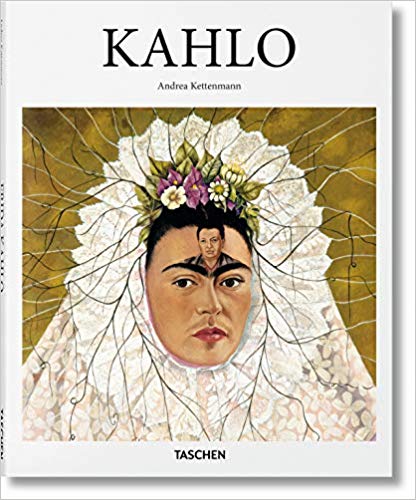
The arresting pictures of Frida Kahlo (1907–54) were in many ways expressions of trauma. Through a near-fatal road accident at the age of 18, failing health, a turbulent marriage, miscarriage and childlessness, she transformed the afflictions into revolutionary art.
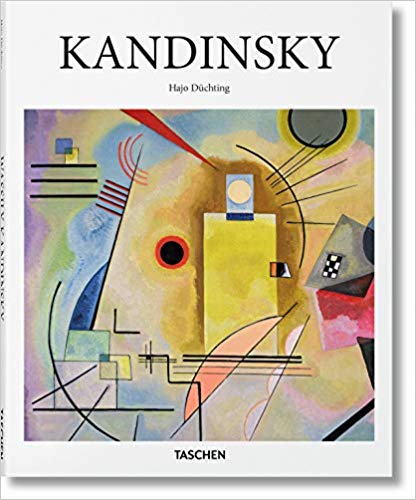
Over the course of his artistic career, Wassily Kandinsky (1866–1944) transformed not only his own style, but the course of art history. From early figurative and landscape painting, he went on to pioneer a spiritual, emotive, rhythmic use of color and line and is today credited with creating the first purely abstract work.

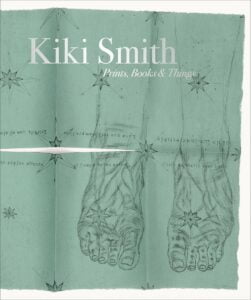
Well-known as a sculptor, Kiki Smith has also worked extensively as a printmaker – in fact her printed works and other editioned art, including books and multiples, are arguably as important as her sculpture.
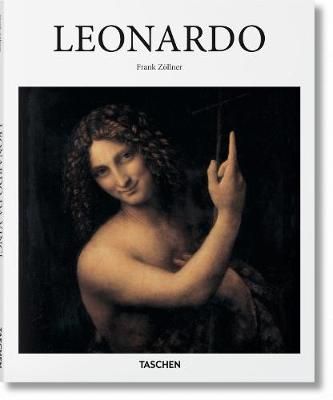
In his painting, Leonardo steered art out of the Middle Ages with works such as The Last Supper and the world-famous La Gioconda or Mona Lisa depicting not only physical appearances, but a compelling psychological intrigue and depth which continues to draw crowds of mesmerized visitors to masterpieces in Paris, Milan, Washington, London, and Rome. This book brings together some of Leonardo’s most outstanding work to introduce a figure of infinite curiosity, feverish imagination, and sublime artistic ability, often described as having “not enough worlds for to conquer, and not enough lives for to live” (Alan Woods).


Lucian Freud (1922–2011) was one of the most influential artists of his generation. Though he was hailed as the “greatest living realist painter,” Freud’s commitment to realism, and particularly to the human figure, was often controversial
No products in the basket.